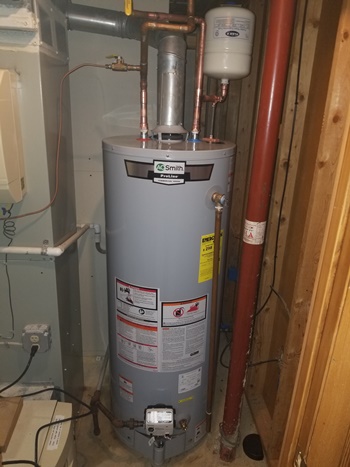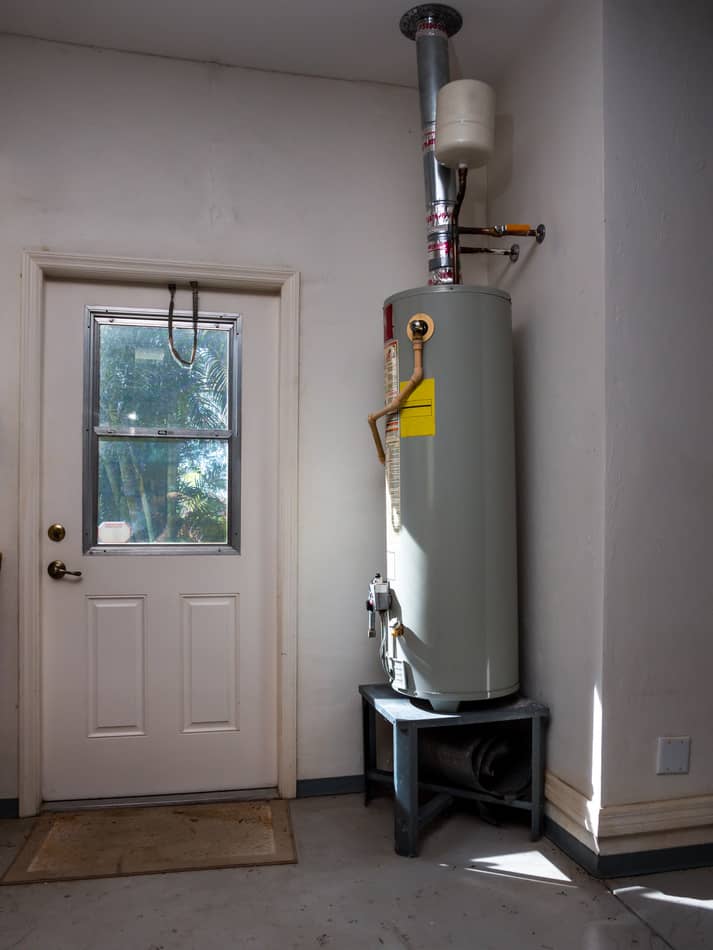Professional Guidance on Caring for Your Home's Hot Water System
Professional Guidance on Caring for Your Home's Hot Water System
Blog Article
Were you interested in facts concerning How to Maintain Your Water Heater & Prolong its Life?

Warm water is important for day-to-day convenience, whether it's for a revitalizing shower or cleaning recipes. To ensure your hot water system runs efficiently and lasts much longer, regular maintenance is key. This article supplies sensible pointers and understandings on just how to preserve your home's warm water system to stay clear of disturbances and expensive fixings.
Intro
Keeping your home's hot water system might appear daunting, but with a few basic steps, you can guarantee it operates efficiently for many years to come. This guide covers every little thing from recognizing your hot water system to do it yourself upkeep tips and knowing when to contact expert help.
Importance of Keeping Your Hot Water System
Regular upkeep not just prolongs the life-span of your hot water system yet likewise ensures it runs successfully. Disregarding upkeep can cause decreased efficiency, greater energy costs, and also early failure of the system.
Signs Your Warm Water System Needs Upkeep
Understanding when your hot water system needs focus can avoid significant issues. Keep an eye out for indicators such as inconsistent water temperature level, strange sounds from the heater, or rustic water.
Recognizing Your Hot Water System
Before diving right into maintenance tasks, it's valuable to understand the fundamental components of your warm water system. Generally, this consists of the water heater itself, pipelines, anode rods, and temperature controls.
Regular Monthly Upkeep Tasks
Normal regular monthly checks can help catch small issues before they rise.
Purging the Water Heater
Flushing your water heater removes sediment accumulation, enhancing performance and prolonging its life.
Monitoring and Changing Anode Rods
Anode rods prevent rust inside the tank. Inspecting and replacing them when worn out is important.
Inspecting and Adjusting Temperature Level Settings
Readjusting the temperature level setups guarantees optimum performance and security.
Do It Yourself Tips for Maintenance
You can execute a number of maintenance tasks on your own to maintain your hot water system in leading condition.
Checking for Leakages
Regularly examine pipelines and connections for leakages, as these can bring about water damages and greater costs.
Examining Pressure Relief Valves
Testing the pressure relief valve guarantees it works correctly and protects against extreme pressure build-up.
Shielding Pipelines
Shielding hot water pipelines lowers heat loss and can conserve power.
When to Call a Professional
While do it yourself upkeep is helpful, some issues call for expert proficiency.
Facility Concerns Needing Professional Assistance
Instances consist of major leakages, electrical troubles, or if your hot water heater is continually underperforming.
Routine Specialist Upkeep Conveniences
Specialist maintenance can include comprehensive inspections, tune-ups, and guaranteeing compliance with safety criteria.
Conclusion
Routine upkeep of your home's hot water system is necessary for efficiency, long life, and price savings. By complying with these ideas and recognizing when to look for specialist assistance, you can make sure a reputable supply of hot water without unforeseen disturbances.
Water Heater Maintenance Tips
Test the TPR Valve
Shut off the power and the cold-water supply valve. Place a bucket under the pipe connected to the temperature-pressure-release (TPR) valve on the top or side of the tank. (This valve opens if the tank pressure gets too high.) Lift the valve’s tab to let some water out, then let go. If water keeps flowing, drain the tank partway, unscrew the old valve with a pipe wrench, and install a new one. Check the Anode Rod
Put a hose to the tank’s drain cock and let out a few gallons of water. Now fit a 1 1/16-inch socket onto the rod’s hex head on top of the heater (or under its top plate) and unscrew the rod. If it’s less than ½ inch thick or coated with calcium, buy a new one, wrap its threads with Teflon tape, put it back in the tank, and tighten securely. Use this segmented rod if headroom above the tank is limited. Drain the Tank and Wash Out Sediment
Drain the remaining water in the tank into the bucket, then stir up the sediment on the tank’s bottom by briefly opening the cold-water supply valve. Drain and repeat until clean water comes out of the hose. Close the drain cock, refill the tank, and turn its power back on. Adjust the Temperature
Find the temperature dial on the side of the tank and unscrew its cover. Adjust the dial to 120 degrees using a flathead screwdriver. For every 10 degrees the temperature is lowered, you can expect to save up to 5 percent in energy costs. Turn the water heater off or the thermostat down to its lowest setting if you plan to be away from home for more than three days. Insulate the Pipes
Buy some self-sticking 3/8-inch-thick foam pipe insulation that matches the pipes’ diameter. Slide the foam over the hot-and cold-water pipes as far as you can reach. Insulating the cold-water pipe prevents condensation in summer. Peel the tape and squeeze the insulation closed. If the pipe is 6 inches or less from the flue, cover it with 1-inch-thick unfaced fiberglass pipe wrap. https://www.thisoldhouse.com/plumbing/21016402/how-to-maintain-a-water-heater

I'm certainly very eager about Water Heater Maintenance Tips You Can't Afford to Forget and I really hope you enjoyed reading the piece. Appreciated our posting? Please quickly share it. Help another person find it. Many thanks for taking the time to read it.
Click Here Report this page